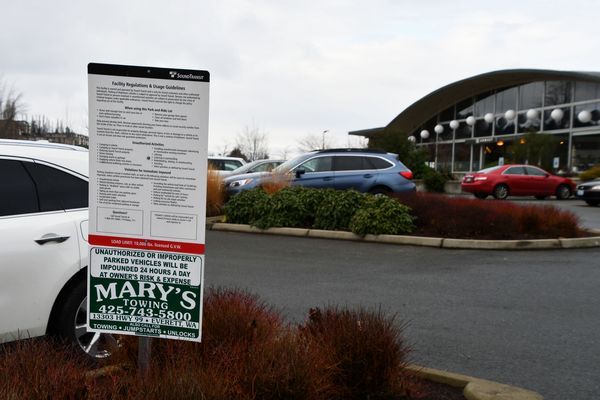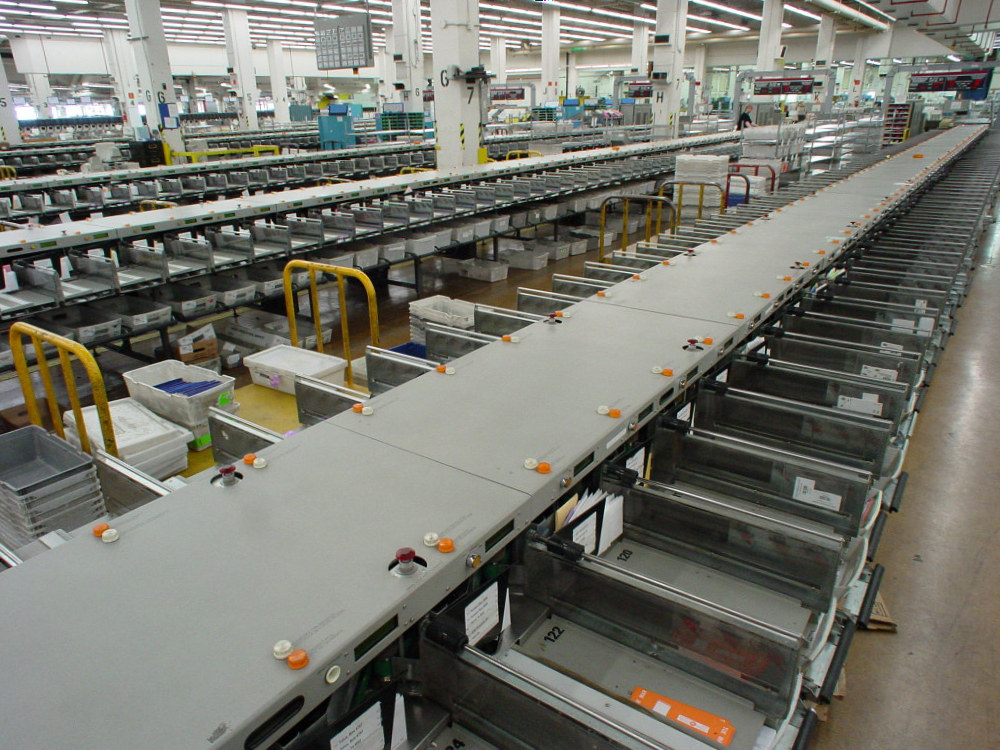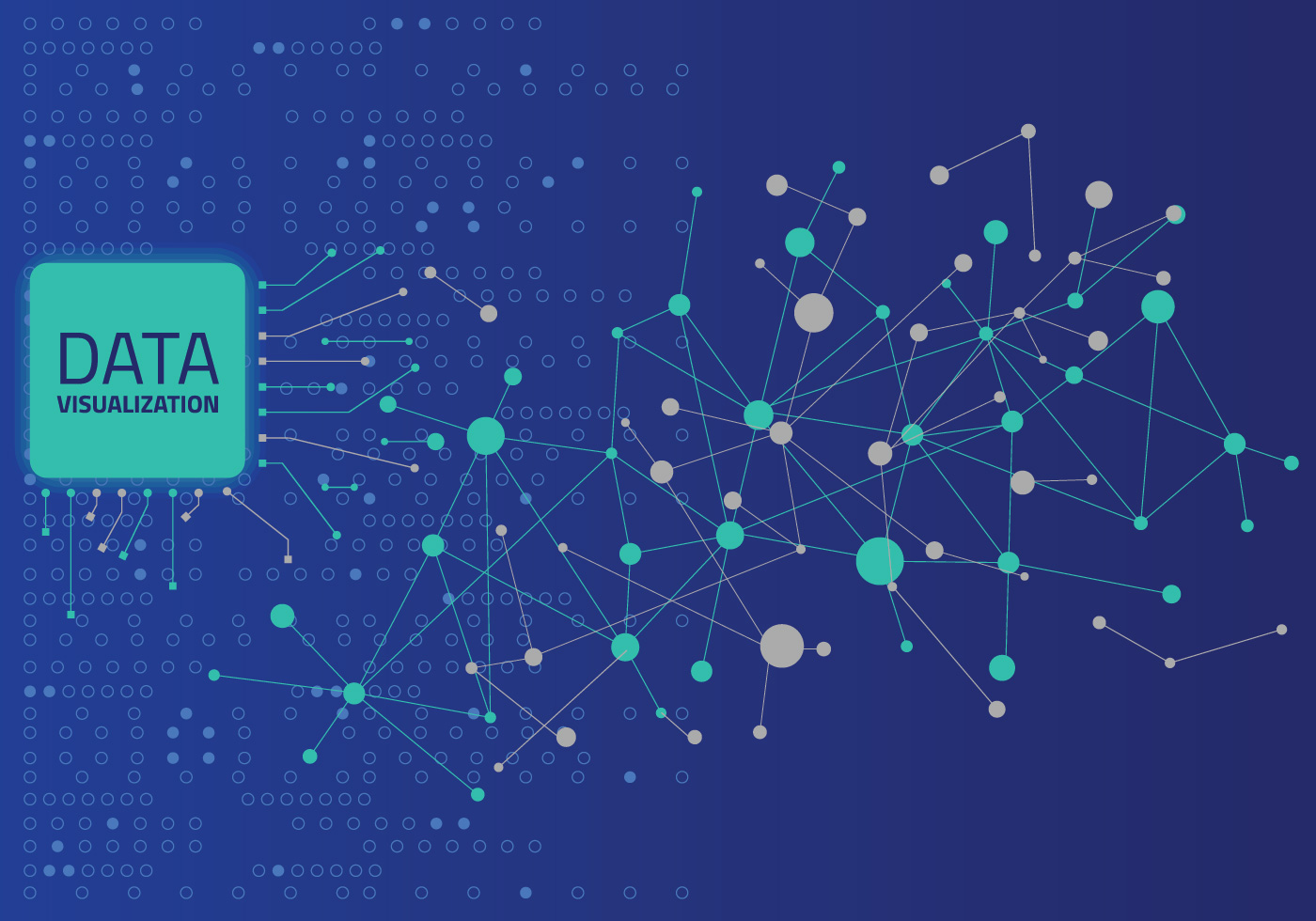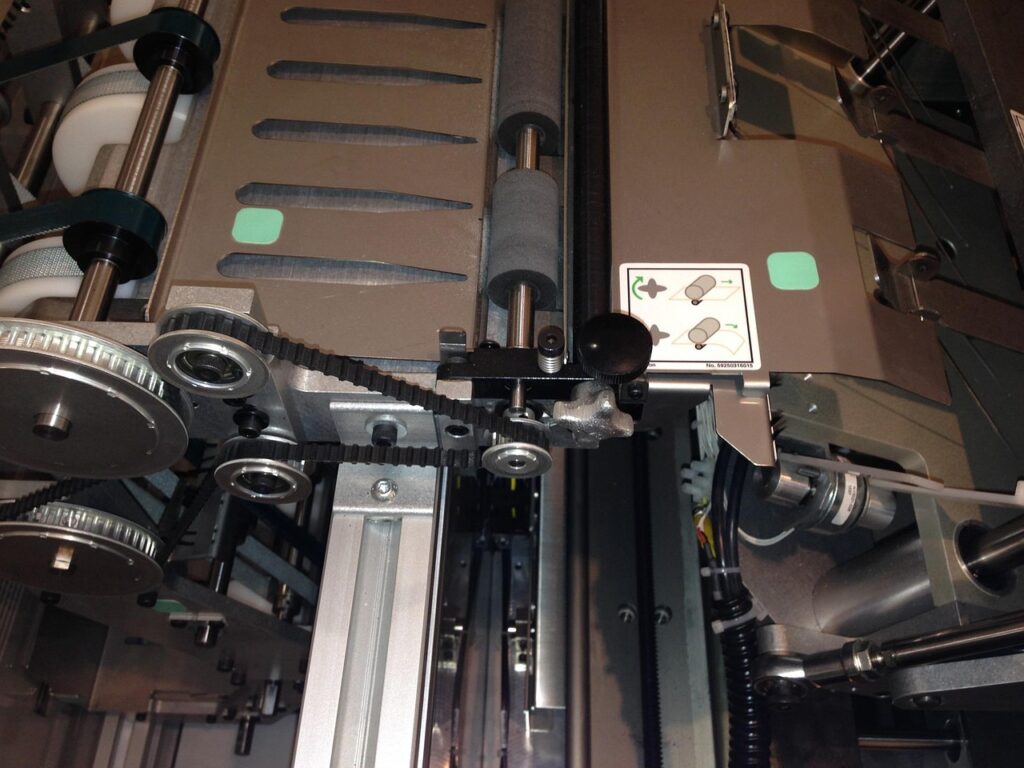
The global job market is currently undergoing a monumental transformation, a sweeping shift driven by relentless technological advancements, the ever-expanding capabilities of artificial intelligence, and sophisticated automation. It’s a landscape where roles that once formed the very backbone of our economy are now facing an existential threat, with many experts predicting their complete disappearance or dramatic redefinition by as early as 2035.
This isn’t merely a theoretical exercise; we’re witnessing real-world impacts as tasks traditionally reliant on human hands or minds are increasingly managed by machines, cutting-edge software, or integrated automated systems. Industries from manufacturing to finance, retail to transportation, are all experiencing unprecedented disruption, underscoring a critical need for workers and businesses alike to anticipate these shifts.
Understanding which careers are most vulnerable has never been more vital, particularly for those navigating an evolving economy and contemplating future career paths. This in-depth look identifies 16 such professions, delving into the precise reasons why they are on the brink of obsolescence and what this means for the future of employment.

1. **Tax Preparers**The landscape of personal finance and tax filing has been irrevocably altered by the rise of intuitive online tax software, such as TurboTax, coupled with remarkable advancements in artificial intelligence. These digital platforms have significantly diminished the traditional demand for human tax preparers, offering a streamlined, step-by-step guidance system for users navigating the often-complex process of filing their taxes.
One of the primary appeals of these automated systems is their user-friendly design, which makes tax preparation feel less daunting for the average individual. Furthermore, they frequently present a more affordable alternative to engaging a professional, allowing taxpayers to manage their financial obligations without incurring additional service fees. This blend of accessibility and cost-effectiveness has rapidly shifted consumer preferences.
AI-powered tools represent a crucial component of this evolution, demonstrating an impressive capacity to analyze intricate financial data, pinpoint eligible deductions, and even anticipate potential errors before they become issues. This level of algorithmic precision and reliability has made them increasingly trustworthy for a broad spectrum of individual taxpayers, from those with straightforward returns to those with slightly more complex situations.
Beyond technological innovation, recent policy shifts aimed at simplifying tax codes are also playing a role. As tax regulations become more digestible and less convoluted, the necessity for professional guidance naturally decreases, further contributing to the declining need for human assistance in individual tax preparation. While specialized business filings or exceptionally unique financial circumstances may continue to warrant the expertise of a seasoned tax professional, the majority of individual tax preparation is steadily migrating toward entirely digital and automated platforms.

2. **Cashiers**The retail industry is currently undergoing a profound revolution, spearheaded by the widespread implementation of self-checkout lanes and the emergence of entirely cashier-less store formats, epitomized by innovations like Amazon Go. These transformative technologies are fundamentally altering the customer shopping experience, making it both faster and considerably more convenient than ever before.
Self-checkout systems, now a common sight in supermarkets and retail outlets, empower customers to take control of their transactions, scanning and paying for items independently. This reduces wait times and offers a sense of autonomy that many modern shoppers appreciate. The efficiency gains are undeniable, particularly during peak shopping hours.
Amazon Go stores represent an even more advanced paradigm, utilizing a sophisticated array of cameras, artificial intelligence, and sensors to meticulously track items as customers select them from shelves. This advanced technology automatically charges customers as they exit the store, completely bypassing traditional checkout lines and the need for any human interaction during the payment process. It’s a seamless, ‘just walk out’ shopping experience.
As these cashier-less technologies continue to evolve, becoming increasingly sophisticated and cost-effective, their widespread adoption across the retail sector is accelerating. More and more retailers are investing in and implementing similar automated checkout and inventory management systems, viewing them as essential for enhancing operational efficiency and meeting changing consumer expectations.
Consequently, the traditional role of human cashiers in grocery stores and various retail environments is experiencing a significant and steady diminution. While some human oversight may remain for troubleshooting or customer assistance, the core transactional function is rapidly being absorbed by automated solutions, leading to a projected decline in the number of traditional cashier positions.
Read more about: Are You That Shopper? 14 Totally Annoying Store Habits That Grind Everyone’s Gears (and How to Stop Them!)

3. **Engine and Machine Assemblers**Manufacturing floors are no longer the same, with industries increasingly embracing advanced technologies like robotics and 3D printing to revolutionize their assembly lines. This significant shift is fundamentally transforming how complex machinery and intricate engines are produced, pushing the boundaries of what’s possible in mass production.
These cutting-edge technologies offer a multitude of benefits that extend far beyond simply replacing manual labor. Robotics, for instance, can execute repetitive tasks with unmatched precision and consistency, operating tirelessly around the clock without fatigue. This not only dramatically enhances production speed but also ensures a uniform quality that human assembly might struggle to maintain.
Simultaneously, 3D printing introduces a revolutionary capability for rapid prototyping and the creation of highly complex components that would otherwise be difficult, if not prohibitively expensive, to manufacture using conventional methods. This additive manufacturing approach allows for intricate designs and customized parts to be produced on-demand, streamlining supply chains and accelerating innovation.
Together, these advancements lead to substantial reductions in production costs, as the efficiency and consistency of automated systems minimize waste and optimize resource utilization. The capital investment in these technologies is quickly recouped through long-term operational savings and enhanced output capabilities.
While the direct, hands-on assembly roles for humans are undeniably shrinking, it’s important to note that human involvement in engine and machine assembly is not vanishing entirely. Instead, these roles are expected to evolve, shifting focus towards critical functions such as the supervision of robotic operations, meticulous quality control processes, and the essential maintenance and programming of these sophisticated automated systems. The future assembler will be a technologist, not just a manual laborer.

4. **Telemarketers**The telemarketing industry has undergone a radical transformation, largely due to the pervasive integration of robo-call systems and advanced AI-powered chatbots. These technologies have effectively taken over a significant portion of the tasks traditionally performed by large teams of human telemarketers, reshaping the very nature of outbound communication.
One of the most compelling advantages of these automated systems is their unparalleled ability to manage an incredibly high volume of calls with remarkable speed and efficiency. Unlike human agents, they can dial thousands of numbers simultaneously, delivering scripted messages and even processing basic responses, all at a mere fraction of the cost associated with employing a large human workforce. This cost-effectiveness is a major driver for businesses.
Furthermore, these AI-driven systems are becoming increasingly sophisticated, capable of personalizing messages based on available data and automating crucial follow-up communications. This ensures a consistent and timely engagement with potential customers, optimizing outreach efforts even in the absence of human intervention. The consistent delivery and availability make them an attractive option for companies seeking to maintain broad outreach while reducing overheads.
Regulatory changes have also played a significant role in the decline of traditional telemarketing. Governments worldwide are implementing stricter regulations aimed at protecting consumer privacy and actively reducing the proliferation of unsolicited spam calls, placing greater legal restrictions and burdens on telemarketing practices. This legislative environment further disincentivizes manual telemarketing operations.
Beyond regulations, there is a growing and undeniable customer resistance to unsolicited calls. Modern consumers increasingly prefer more personalized, less intrusive forms of communication, often opting for digital channels or permission-based marketing. This collective shift in consumer preference has contributed substantially to the rapid decline of traditional, human-led telemarketing, paving the way for automated alternatives.
Read more about: Your iPhone Just Got a Major Update: Here’s What to Do First in iOS 26

5. **Librarians**Libraries across the globe are undergoing a profound evolution, rapidly transforming from traditional repositories of physical books into dynamic, modern digital resource hubs. This significant shift means that the vast majority of materials—ranging from academic research papers and comprehensive e-books to multimedia content and online databases—are now primarily accessed through digital platforms.
This digital transformation has been further accelerated by the widespread implementation of automated catalog systems and sophisticated self-service kiosks. These technological advancements enable library users to independently search for, borrow, and return items with minimal, if any, human interaction. This streamlined process significantly reduces the operational workload that was once managed by traditional librarians.
Consequently, the overall need for human roles focused on the physical management and circulation of materials has substantially decreased. The tasks of shelving, processing, and checking out books are increasingly handled by automated systems, allowing libraries to operate with greater efficiency and reduced staffing requirements for these specific functions.
However, it’s crucial to understand that while traditional librarian roles are diminishing, the profession itself is not disappearing entirely; rather, it is evolving dramatically. The remaining librarian positions are now shifting their primary focus towards more community-oriented and technologically driven responsibilities.
Future librarians are likely to be instrumental in curating extensive online collections, providing vital digital literacy guidance to patrons, and organizing community programming such as workshops, educational events, and technology training sessions. Their expertise will pivot towards helping users navigate vast digital landscapes and fostering community engagement, rather than solely managing physical assets.
Read more about: Saint Jerome: A Pillar of Early Christian Scholarship, Translator of the Vulgate, and Enduring Theologian
6. **Warehouse Stockers**The logistics and supply chain sectors are experiencing an unprecedented revolution, with warehouses at the forefront of this technological upheaval. Robotics and highly advanced AI-driven systems are rapidly transforming operations, a trend significantly championed by industry giants like Amazon, which have invested heavily in automation.
Automated Guided Vehicles (AGVs) are now a common sight on warehouse floors, efficiently navigating complex layouts to transport goods with incredible precision. These intelligent robots can move large volumes of inventory across vast distances, reducing human effort and greatly minimizing the risk of errors or accidents that can occur with manual handling.
Complementing these mobile robots, sophisticated robotic arms are increasingly responsible for tasks such as picking, packing, and stocking items. These arms operate with impressive speed and accuracy, often surpassing human capabilities in repetitive, labor-intensive functions. Their ability to work tirelessly and precisely contributes significantly to enhanced operational efficiency.
These technological advancements collectively lead to a dramatic boost in productivity, a substantial reduction in operational errors, and a streamlined flow of goods through the warehouse. The combined effect is a highly optimized and efficient system that can handle greater throughput with fewer resources, ensuring faster delivery times and lower costs.
While this rapid transformation brings considerable benefits to businesses, it simultaneously raises significant concerns regarding job security for traditional warehouse workers. These employees have historically performed the very tasks that are now being automated, prompting a need for reskilling and adaptation to new roles that focus on the supervision, maintenance, and programming of these advanced robotic systems rather than direct stocking functions.

7. **Computer Programmers**Ironically, despite the ongoing digital boom, certain segments of computer programming roles are paradoxically facing significant risks of obsolescence, largely due to the very advancements in AI technology they help create. The landscape of software development is being reshaped by powerful new tools that automate much of the coding process.
Tools such as GitHub Copilot and other AI-powered coding assistants are demonstrating an astonishing ability to write code faster and more efficiently than many human developers, particularly those at the junior level. These AI systems can generate code snippets, complete functions, and even suggest entire blocks of logic, effectively automating many repetitive and basic coding tasks that were once foundational entry-level responsibilities for aspiring programmers.
This shift means that the pathway into programming for new entrants is becoming more challenging, as many of the initial tasks typically assigned to junior programmers can now be handled by AI. The demand for entry-level roles focused on routine coding is expected to dwindle, pushing the threshold for what constitutes a valuable programming skill much higher.
While AI excels at automating routine and predictable coding work, it’s crucial to acknowledge its current limitations. Higher-level strategic programming, complex problem-solving, architectural design, and tasks requiring genuine creativity or deep domain-specific knowledge still heavily rely on human expertise. These are the areas where human programmers will continue to provide indispensable value.
Consequently, the future of programming demands a significant emphasis on specialized skills and adaptability within the tech industry. Programmers will need to pivot from simply writing code to becoming experts in managing AI tools, understanding complex systems, and focusing on innovative solutions that leverage, rather than compete with, artificial intelligence. The evolution will require continuous learning and a strategic shift in skill sets.
Read more about: Totally Tubular! These Epic ’80s Video Consoles Absolutely Owned Your Living Room and Changed Gaming Forever

8. **Watch Repair Technicians**For centuries, the intricate craft of watch repair has been a respected profession, but it is now facing a profound decline driven by significant shifts in consumer preferences and technological advancements. The widespread transition away from traditional mechanical and quartz watches in favor of digital and, more critically, smartwatches has dramatically reduced the demand for conventional watch repair services.
Modern consumers, accustomed to the rapid pace of technological innovation and planned obsolescence, often choose to replace their damaged or malfunctioning watches rather than invest in repairs. This decision is frequently driven by economic factors, as the cost of purchasing a new, often more feature-rich, digital or smartwatch is increasingly comparable to, or even cheaper than, the specialized repair of a traditional timepiece.
Moreover, the advent of smartwatches introduces an entirely new layer of complexity that renders traditional repair methods largely ineffective. These advanced devices are not merely mechanical marvels; they are sophisticated miniature computers, integrating intricate electronics, proprietary software, and often sealed units. This design necessitates manufacturer-specific tools, highly specialized expertise, and exclusive replacement parts that are typically only available through authorized service centers.
Local, independent watch repair technicians, who historically relied on their mechanical prowess and access to standardized parts for traditional watches, are finding themselves increasingly unable to service these high-tech devices effectively. Their tools and knowledge base are often insufficient for diagnosing and fixing the complex electronic and software issues inherent in smartwatches.
As the market continues to shift overwhelmingly towards smartwatches and other disposable electronic wearables, the demand for the traditional watch repair technician will continue to shrink. The niche for repairing vintage or luxury mechanical watches may persist, but the broader industry will see a steep decline in this once-ubiquitous profession.” , “_words_section1”: “1940
Read more about: A Master Plumber’s Blueprint: Unveiling 13 Essential Power Tool Upgrades for Your 2025 Workshop

9. **Parking Enforcement**The management of urban parking is undergoing a significant overhaul, spearheaded by smart parking systems, mobile payment applications, and advanced automated kiosks. These technological solutions are fundamentally changing how parking is regulated and accessed, offering streamlined processes for drivers while substantially reducing the necessity for traditional manual enforcement. This shift underscores a broader trend towards digitalization in urban infrastructure, promising greater efficiency and convenience for city dwellers.
A prime example of this automation is the widespread deployment of license plate recognition (LPR) technology. This sophisticated system can autonomously identify vehicles parked incorrectly or those with unpaid fees, automatically issuing fines without any direct human involvement. The precision and consistent operation of LPR ensure a high degree of compliance monitoring, optimizing parking space utilization and improving overall traffic flow within dense urban environments. Such systems dramatically cut down on the labor previously required for patrolling and ticketing.
Furthermore, these integrated smart parking solutions extend beyond mere enforcement, often providing real-time availability data to drivers via dedicated apps. This not only eases the burden of finding parking but also dynamically adjusts pricing based on demand, fostering a more adaptive and responsive urban mobility ecosystem. The ability to manage vast networks of parking spaces centrally and digitally offers substantial operational benefits to municipalities.
Consequently, cities worldwide are increasingly adopting these intelligent and cost-effective solutions to manage their parking infrastructure. The drive towards enhanced operational efficiency and fiscal prudence directly impacts staffing needs. As these automated systems become more sophisticated and widely accepted, the demand for physical parking enforcement staff continues to sharply decline, reflecting a pervasive transformation in municipal service delivery models.
Read more about: Beyond the Hype: 10 Aftermarket Car Modifications You Should Strictly Avoid

10. **Meter Readers**The long-standing profession of meter reading is swiftly moving towards obsolescence, primarily due to the widespread integration of automated smart meters. These innovative devices have fundamentally revolutionized how electricity, water, and gas consumption are monitored, effectively eliminating the need for human oversight and manual data collection that was once a standard operational requirement for utility companies. This marks a pivotal advancement in utility management and resource allocation.
Crucially, smart meters are designed to automatically record consumption data and transmit it directly to utility companies in real time, or at programmed intervals. This eliminates the often-inaccurate estimates and delays associated with traditional, human-performed meter readings, thereby ensuring a foundation of accurate and timely billing for consumers. The precision offered by these digital tools significantly enhances operational efficiency for utility providers, allowing for better resource forecasting and management.
Beyond mere data transmission, these advanced devices offer capabilities that traditional meters could never provide. They allow for remote monitoring, immediate fault detection, and even remote service disconnections or reconnections, vastly improving responsiveness and customer service. This technological leap provides utilities with granular data, enabling more sophisticated analysis of consumption patterns and identification of potential inefficiencies within the grid.
As utility companies continue their wide-scale installation of these highly efficient devices across both residential and commercial sectors, the necessity for a workforce dedicated to traditional meter reading is rapidly diminishing. The capital investment in smart meter infrastructure is justified by long-term savings in labor costs, improved data accuracy, and enhanced operational capabilities, solidifying the decline of this once-ubiquitous role.
Read more about: The Layers of Protection: Unveiling the Security Measures and Controversies Around Oprah Winfrey’s Multi-Million Dollar Compounds

11. **Mail Sorters**The landscape of postal services is being dramatically reshaped by a confluence of factors: the persistent decline in physical mail volume and the rapid advancements in automation within mail sorting facilities. This dual pressure has led to a significant reduction in the demand for traditional mail sorter positions. The digital age has seen online communication and electronic billing emerge as the preferred, more convenient methods for correspondence, causing a steep and steady drop in the sheer quantity of physical mail needing to be processed.
Modern consumers and businesses increasingly opt for emails, digital invoices, and online financial documents over their physical counterparts. This widespread adoption of digital alternatives has directly impacted the core business of postal services, leading to a diminished need for the extensive manual handling of physical mail. The inherent speed, accessibility, and environmental benefits of digital channels have proven overwhelmingly superior for many forms of communication.
Compounding this trend, contemporary postal facilities have made substantial investments in sophisticated automated sorting systems. These cutting-edge machines are capable of processing and organizing vast volumes of correspondence at speeds and with an accuracy level that human labor simply cannot match. From scanning addresses to routing letters and packages, these automated systems perform tasks with unwavering consistency and efficiency, minimizing errors and maximizing throughput.
The combination of perpetually reduced physical mail volume and the formidable efficiency of enhanced automation signifies an undeniable decline for human mail sorters. Their traditional tasks are progressively being absorbed by technology, necessitating a shift in the workforce towards roles focused on maintaining, supervising, and troubleshooting these advanced automated systems, rather than direct manual sorting.

12. **Locomotive Engineers**The global rail industry is on the cusp of a profound transformation, driven by the emergence and rapid integration of electric and autonomous train technologies. These innovations are setting the stage for a future defined by unprecedented levels of operational efficiency, significantly reduced energy consumption, and, critically, enhanced safety by mitigating the potential for human error. The gradual but inevitable shift away from manually operated locomotives is a central tenet of this evolving transportation paradigm.
Already, driverless trains, equipped with highly advanced sensor arrays and sophisticated artificial intelligence technology, are undergoing rigorous testing and deployment in various countries across the globe. These autonomous systems promise to deliver consistent, optimized performance, adhering strictly to schedules and operating parameters with precision that human intervention often struggles to maintain. The elimination of human operational costs further bolsters the economic appeal of these systems for railway operators.
Investments in modern rail infrastructure are increasingly prioritizing the integration of automation and smart technologies, recognizing their long-term benefits. This includes not only the trains themselves but also intelligent track systems, predictive maintenance capabilities, and centralized control centers that can oversee vast networks. These technological leaps facilitate seamless, high-capacity operations, minimizing delays and maximizing passenger and cargo throughput.
Consequently, the traditional role of engineers manually operating locomotives is facing a rapid decline. This signals a definitive and profound shift towards fully automated rail systems that require minimal direct human intervention for daily operations. However, while the need for traditional train drivers is steadily fading, it is crucial to recognize that the demand for specialized maintenance technicians, software engineers, and system supervisors to support these advanced, complex systems is expected to remain robust, albeit requiring a distinctly different and often higher-skilled professional profile.
Read more about: A Highway Hazard: 12 Trucks Towed More Than Driven Due to Constant Electrical Failures

13. **Data Entry**The role of data entry is gradually but inexorably moving towards obsolescence, largely propelled by the significant advancements in machine learning algorithms that are now adept at handling large-scale data management tasks. These powerful new computational tools are capable of processing vast amounts of information with remarkable speed, unparalleled precision, and tireless efficiency, far surpassing human capabilities in repetitive input tasks. This technological shift is fundamentally redefining administrative functions across every conceivable industry sector.
At the vanguard of this transformation are technologies such as optical character recognition (OCR) and sophisticated automated typing software. These systems can efficiently handle a diverse range of tasks, from meticulously scanning physical documents to accurately extracting and organizing critical data in mere seconds. This drastically reduces the perennial need for manual input, ensuring a significantly greater degree of accuracy while simultaneously eliminating the often monotonous and error-prone nature of traditional data entry work.
The imperative for businesses to adopt these automated solutions is primarily driven by a dual objective: the desire to substantially cut operational costs and to significantly improve overall organizational efficiency. The financial savings realized through reduced labor and minimized errors, combined with the sheer speed of automated processing, present a compelling case for investment. This systematic shift toward automation directly contributes to the shrinking demand for traditional data entry jobs.
This trend therefore marks not just the end of many repetitive administrative tasks but underscores a burgeoning and undeniable reliance on automation across a multitude of sectors. For the human workforce, the focus will increasingly pivot towards higher-value activities, such as the strategic oversight and meticulous management of these advanced automated systems, alongside complex data analysis and interpretation, rather than mere input.
Read more about: Fortify Your Digital Fortress: 14 Proactive Strategies to Shield Your Identity from Scammers

14. **Casino Dealers**The betting industry has experienced a seismic shift, profoundly revolutionized by the pervasive emergence of digital gaming and sophisticated online casinos. These virtual platforms offer instant and ubiquitous access to an extensive array of games, effectively obviating the need for players to physically visit brick-and-mortar establishments or rely on the presence of on-site human dealers. This provides an unparalleled level of convenience, empowering users to place bets and engage in gaming activities literally anytime and anywhere, directly from their devices.
Even within the realm of traditional brick-and-mortar casinos, there is an observable and growing embrace of automation that mirrors the digital trend. Technologies such as automated card machines, digital roulette wheels, and advanced electronic gaming tables are now proficiently handling tasks that were historically the exclusive domain of human dealers. These integrated systems are designed to enhance operational efficiency, ensure absolute fairness through programmed rules and random number generators, and cater to a broader audience seeking a faster, more streamlined, and often less intimidating gaming experience.
This technological pivot is driven by several commercial imperatives, including cost reduction, the ability to operate 24/7 without human fatigue, and the consistent application of game rules. While the allure of the live dealer remains strong in certain segments, particularly for high-stakes games or for patrons seeking a specific social experience, the overall volume of games being managed by machines is steadily increasing, altering the employment landscape for traditional dealers.
While the highest-tier luxury and bespoke casinos may strategically choose to retain a cadre of live dealers to enhance the immersive ambiance and cultivate a more personalized, engaging experience for their affluent clientele, the profession of casino dealing as a whole is facing significant systemic declines. This erosion is primarily attributable to the accelerating reliance on advanced technology and automation throughout the gambling industry, which prioritizes efficiency, scalability, and broad accessibility over traditional human interaction for many popular gaming formats.
Read more about: Hollywood’s Humble Rides: 14 Surprising Everyday Cars Driven by Celebrities You Can Actually Afford

15. **Prepress Technicians**The publishing industry has undergone a rapid and comprehensive adoption of digital methodologies for the entire process of content design and printing, culminating in a significant decline in traditional prepress technician jobs. These roles were once absolutely essential, serving as a critical intermediary step for preparing print layouts, ensuring color accuracy, and meticulously managing the physical processes involved in readying content for mass production. However, cutting-edge software solutions have now largely superseded these functions, rendering much of the manual work obsolete.
At the heart of this transformation are modern design tools, prominently featured within Adobe’s comprehensive design suite and similar platforms. These powerful software environments now enable print layouts to be conceptualized, created, extensively edited, and managed entirely within a digital realm. This eliminates the necessity for much of the manual intervention—such as film stripping, plate making, and intricate color separations—that prepress technicians traditionally performed, thereby streamlining the entire workflow from concept to final digital file.
Furthermore, businesses across the publishing sector are increasingly opting for advanced on-demand digital printing capabilities and fully automated workflows. These innovations collectively offer substantial advantages, including far greater speed in production cycles, significantly enhanced operational efficiency, and considerable cost-effectiveness when compared to older, more labor-intensive prepress and printing methods. The ability to print shorter runs economically and customize content on the fly has changed market demands.
The combined impact of highly advanced digital design tools and increasingly automated printing processes has fundamentally streamlined the entire publishing pipeline. This integrated technological ecosystem has drastically reduced the reliance on traditional prepress techniques and, consequently, the specialized professionals who once formed an indispensable part of this crucial stage, leading to a substantial contraction of this occupational field.

16. **Taxi Drivers**The traditional taxi industry experienced its initial seismic disruption with the ascendancy of rideshare platforms like Uber and Lyft. These innovative services offered consumers unprecedented levels of convenience through mobile apps, often more competitive pricing, and a personalized experience that profoundly challenged and restructured established business models. However, this initial wave of innovation is now being overshadowed by an even more transformative shift: the impending widespread introduction of fully driverless services powered by autonomous vehicle technology.
These revolutionary self-driving vehicles promise a multitude of compelling benefits for both operators and passengers. Key advantages include significantly reduced operating costs, primarily through the elimination of driver wages and benefits, alongside vastly increased efficiency due to optimized routing and consistent performance. Furthermore, autonomous vehicles offer genuine round-the-clock availability without the constraints of human fatigue or shift schedules. The complete removal of human error from the driving equation also represents a monumental leap in safety.
The economic imperative to deploy autonomous fleets is undeniably strong, as they offer the potential for dramatically lower per-mile costs and vastly improved service scalability. Cities around the globe are already actively engaging in pilot programs for autonomous vehicle fleets, testing their efficacy and public acceptance in real-world urban environments. Many industry experts and futurists widely predict that these sophisticated self-driving systems will achieve widespread commercial adoption and integration into mainstream transportation within the next decade.
As this groundbreaking technology matures and becomes commercially viable on a broad scale, the demand for human drivers in traditional taxi and chauffeur services will inevitably plummet. This necessitates a major re-evaluation of employment in the personal transportation sector, prompting a significant shift in the workforce and a critical need for retraining programs to transition affected individuals into new roles within an increasingly automated economy.
Read more about: Maximizing Your Home Sale: A Wall Street Journal Guide to Strategic Timing for Peak Profit and Efficiency
The relentless march of technological innovation, particularly in the spheres of artificial intelligence, advanced robotics, and pervasive digitalization, continues to reshape the global job market at an unprecedented rate. While this article has meticulously cataloged careers facing outright obsolescence, the broader and more nuanced trend points towards a dramatic redefinition of roles, demanding new and evolving skill sets, as well as an inherent adaptability, from the entire workforce. For individuals and economies alike, embracing continuous learning, strategic reskilling, and a proactive engagement with emerging technologies will be paramount to not merely survive but truly thrive in this dynamic landscape. The future of work is not just about certain jobs disappearing; it is fundamentally about the exciting, albeit challenging, emergence of entirely new opportunities for those agile enough to innovate and adapt alongside the powerful currents of technological progress.




